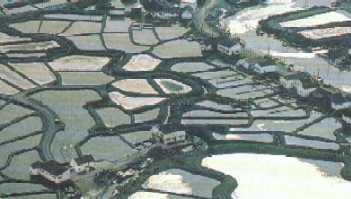Oyster farming is the cultivation of oysters. It is done in a saltwater environment, through different phases, from the ocean to the Atlantic marshes, before ending up on your plate.
The collecting phase is effectuated right after breeding, then half-farming followed by farming in open water, to bring the oysters to a market size and finally, the maturation phase in claires in salt marshes.
This culture is done all along the French coast, but note that Marennes-Oléron is the leading spat collection centre in France as well as the leading production and shipment centre for oysters in France.
The distinctiveness of the Marennes-Oléron oyster is the maturation in claires, which allow the change of the quality of the flesh, the taste of the terroir and the colour. The oyster becomes green due to an algae called navicule bleue, Haslea ostrearia.
This product has an excellent nutritional value because it comes from extensive farming without any external additives, in water of the highest quality free of pollutants. The oyster therefore feeds naturally by filtering planktons present in the ocean as well as in the claires.



